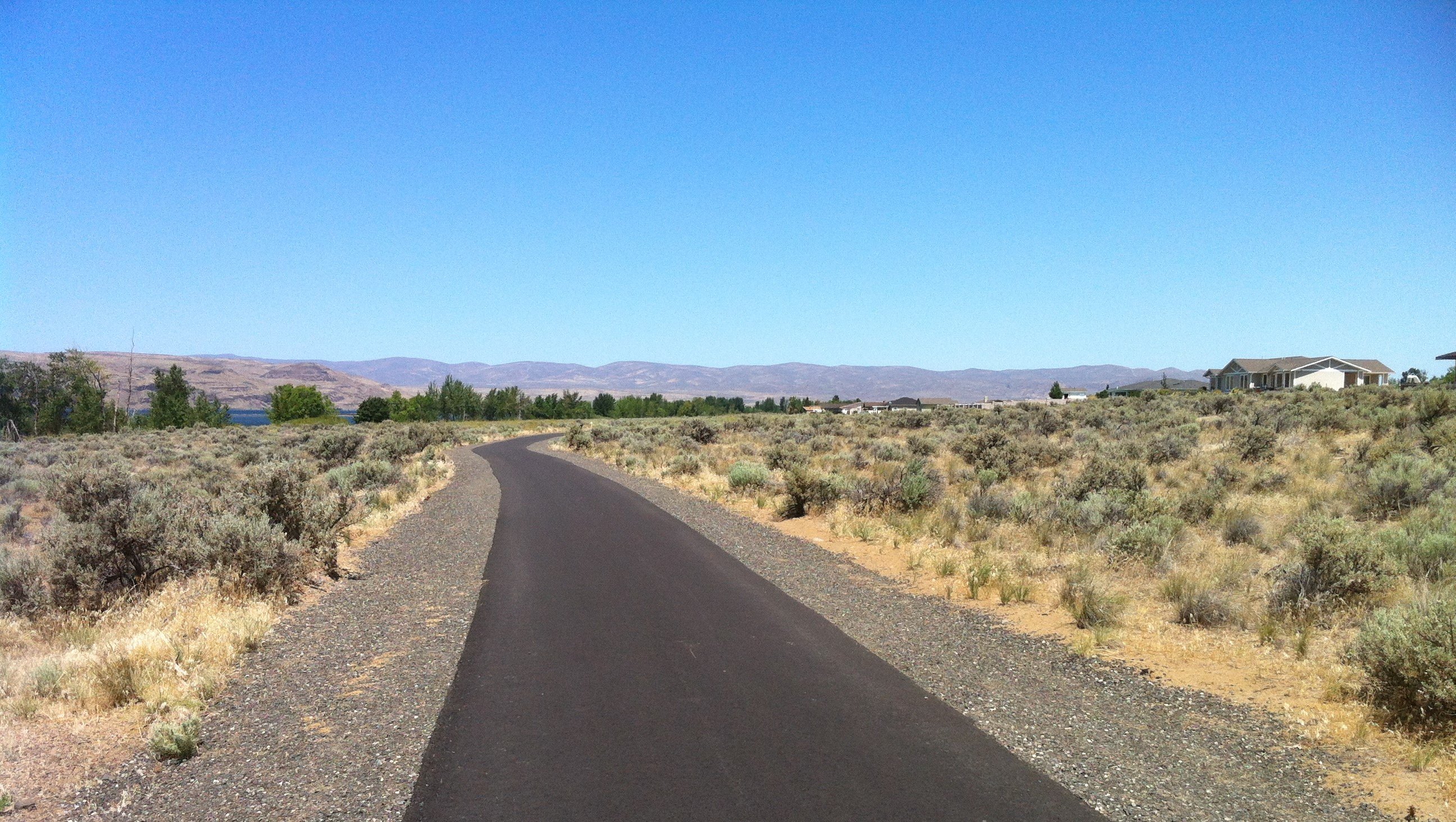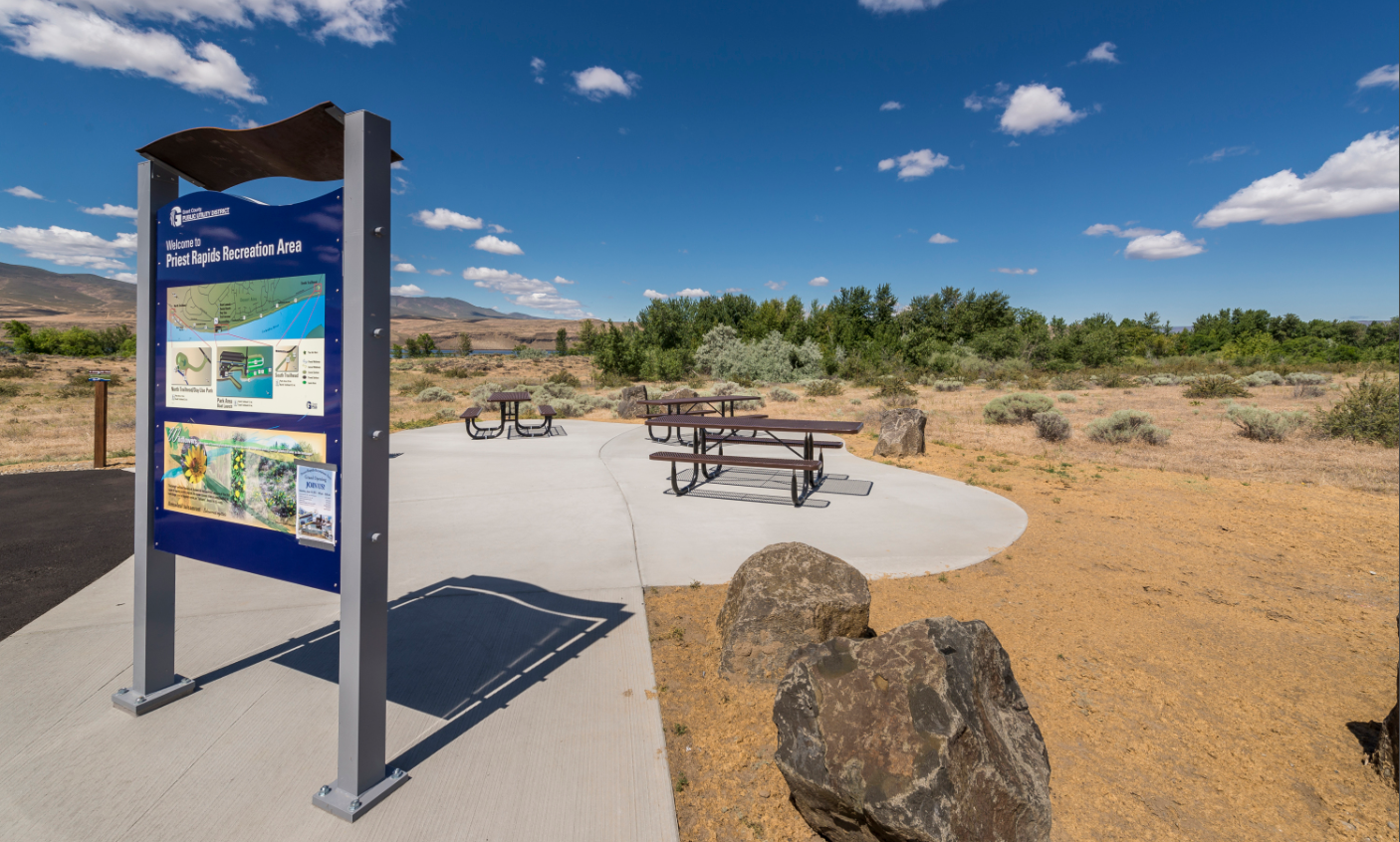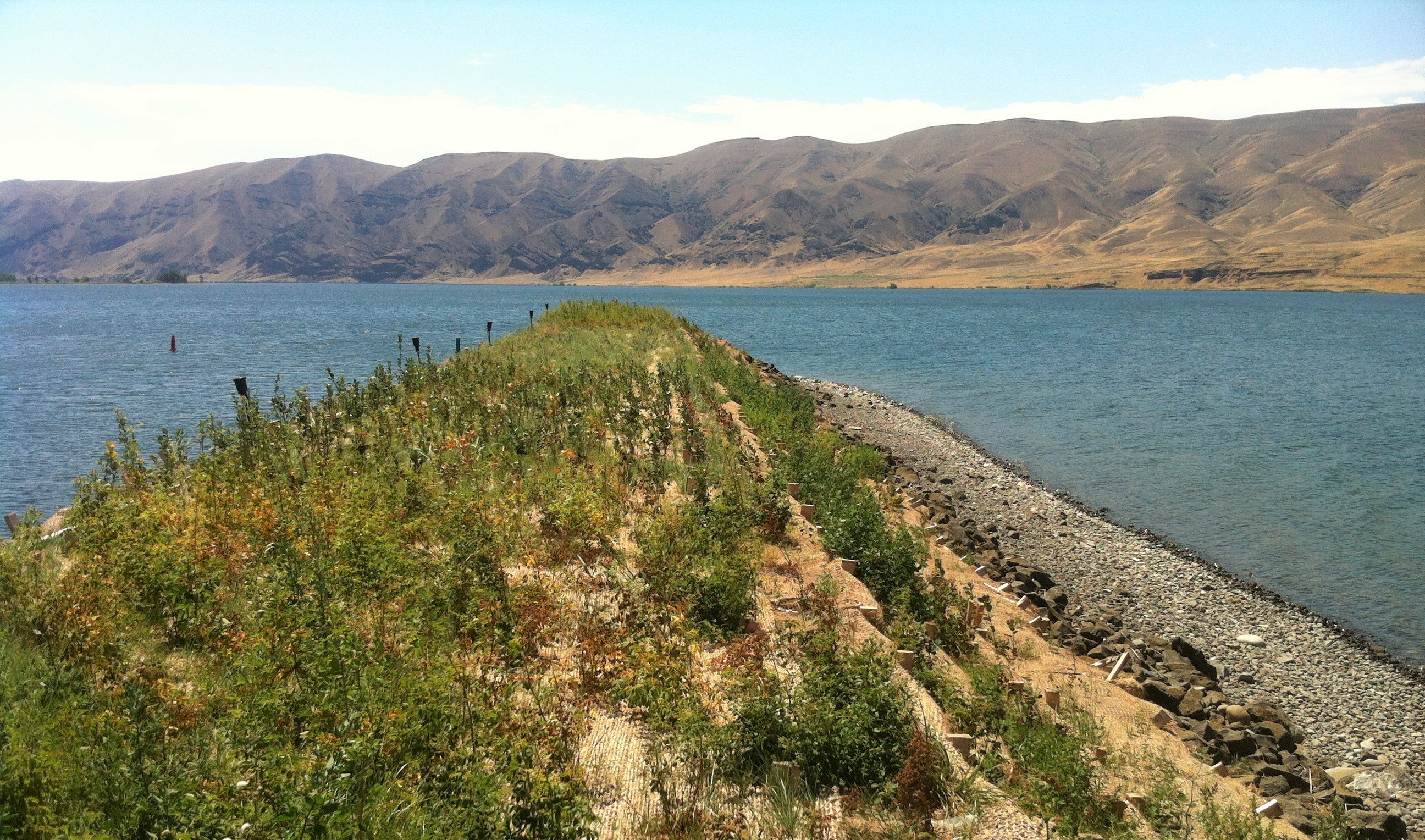
Long term maintenance needs and costs are often overlooked when designing recreation facilities. Prior to starting design work, you should evaluate maintenance budgets and capabilities. We see facilities that require labor intensive maintenance (extensive mowing, watering) and the use of harmful chemicals to keep the landscape healthy. This approach costs money and has detrimental environmental impacts that can and should be avoided.
Most recreation sites are located in remote areas, which makes it challenging to maintain your facilities without storage or maintenance facilities nearby. For owners who outsource their maintenance services, you have the added challenge of anticipating contractor resources and capabilities. While a landscape contractor may be able to handle a highly manicured landscape, agencies such as the USFS are not. Understanding your maintenance approach should drive your design. Here are a few things to keep in mind:
- Environmental Impacts: In either maintenance approach, you should be conscious of environmental impacts. Every piece of equipment that requires fuel increases your carbon footprint and negatively impacts the natural landscape. The more you impact a site, the more maintenance will be required in the future. To mitigate impacts, look at the site holistically and minimize your footprint for disturbance through design and thoughtful staging during construction. Limit your grading impacts by placing the appropriate recreation programs on parts of the site that accommodate those uses. When possible locate amenities, such as campsites, where existing slopes do not require extensive grading and you can preserve the existing vegetation. Clearly identify staging areas and limit construction activities outside those boundaries, show clearing limits, and condition fines if disturbance exceeds those limits.

- Use Native Plants: The use of native plants reduces long term maintenance costs and blends with the natural setting. Native plants use less water, are pest and disease resistant, and require little to no phosphorus-containing fertilizers. They also require minimal physical maintenance such as gas powered pruning equipment and human resources. Users of recreation facilities expect abundant and healthy lawns to enhance their experience. However, like plants, lawns can be costly to water and maintain. When specifying a seed mix, try to use drought tolerant and climate adapted mixes to reduce your need for water, herbicides, and fertilizers. Strategic design can place lawns in communal areas to accommodate various activities helping reduce maintenance costs.

- Water Wise Designs: Water use for irrigation is another concern we hear in recreation design. This resource becoming more scarce, can be expensive, and permitting to obtain a water source can be challenging. On dry recreation sites you have multiple options to help with plant establishment. First, and least maintenance-intensive, is to plant during the wet season (using native plants) either the fall or early spring and let nature do the work. Another option is to obtain a temporary water right or permit during plant establishment. Providing temporary water during the first few years will greatly increase your plant survival rates and reduce maintenance. When the water is applied correctly, such as the use of drip system, the native plants will out-compete the invasives and eventually shade them out. Lastly, some clients prefer to include ‘hand’ watering as part of the contract during the initial establishment. This approach, while labor intensive on large projects, provides water directly to the plants, limits overthrow and the potential for weed germination.
When it comes to recreation facility design, it is helpful to start with your end goal in mind. What is it that you can maintain and at what cost? It is crucial to understand the required maintenance activities, resources, and personnel before beginning the design. Identifying maintenance practices and designing with those goals in mind will reduce your long term costs, protect the environment, and help you continue to be stewards of our natural resources.

